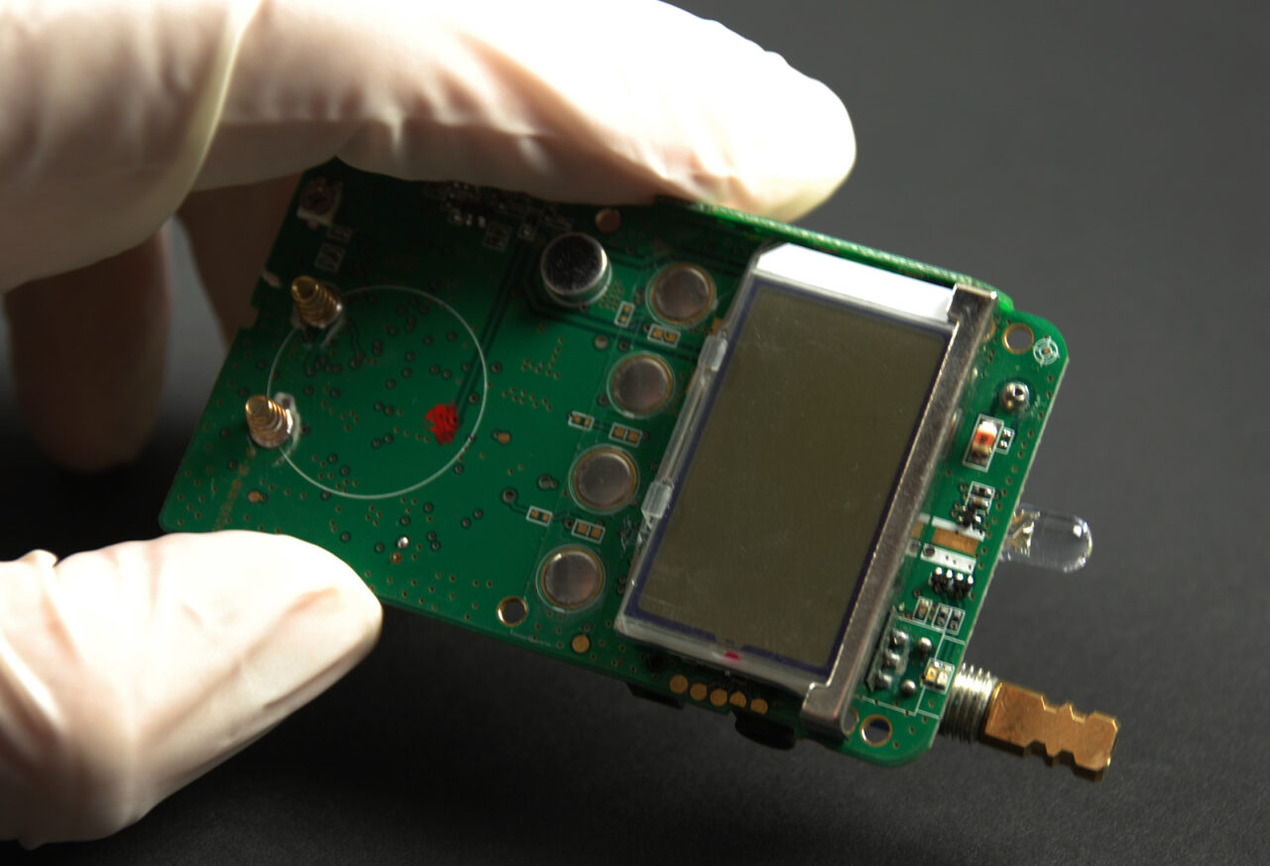
With the launch of a Long March 8 rocket lifted off from the Wenchang space centre, China’s two recent launches set a new record for the largest number of satellites ever deployed by a Chinese rocket. While this added a new radar imaging capability to the country’s remote sensing fleet, it also strengthened the country’s Information and Communication Technology (ICT) capabilities.
The Long March 8 rocket was launched from the Wenchang space centre, China’s newest spaceport built on Hainan Island. The 157-foot-tall (48-meter) rocket flew south from Wenchang to head for a polar orbit at an altitude of more than 330 miles (530 kilometres).
The latest launch delivered 22 small satellites into orbit, hauling payloads to space for Earth-observing, maritime surveillance, communications and technology demonstration missions. Indeed, satellites are powerhouses for extremely long-distance communications.
The recent mission was the second flight of a Long March 8 rocket. These rockets are a considerable improvement from their predecessors, namely, the older Long March 2, Long March 3 and Long March 4 rocket families. What sets them apart is this new generation of Chinese satellite launchers burn non-toxic kerosene and hydrogen fuels, replacing the noxious mix of hydrazine and nitrogen tetroxide propellants used on older models.
Launching over a dozen satellites at one time is tricky. The control team on the ground must ensure each spacecraft would not collide with one another after reaching orbit. To do that, the 22 Chinese satellites were deployed from the Long March 8’s second stage at 12 distinct carefully-planned predetermined times.
The satellites — each over three metric tons in mass and about the size of a household oven — are designed for land imaging, and can be used for geological monitoring, tracking earthquakes, landslides, and other changes in land surfaces, China Academy of Space Technology (CASC) disclosed in a statement. Founded in 1968, CASC is the Asian nation’s main spacecraft development and production facility.
A satellite sends and receives signals using a transponder. In that sense, they are state-of-the-art ICT technology. Traditionally, they orbit the Earth and can be used for many jobs. This is reflected by the 22 satellites recently by China and what they monitor. Examples are:
- Wenchang 1-01 and Wenchang 1-02: oceanography and natural resource
- Chaohu 1 and Tianqi 19: for Internet of Things (IoT)
- Starera 17, Phospherus 1: Earth-imaging mission
- Thor Smart Satellite: scientific research
On 4 October 1957, the Soviet Union launched the world’s first artificial satellite, Sputnik 1. Since then, about 8,900 satellites from more than 40 countries have been launched. According to a 2018 estimate, about 5,000 remained in orbit. Of those, about 1,900 were operational, while the rest had exceeded their useful lives and become space debris.
The majority of the satellites available today come from the United States which harbours nearly 3,000 satellites. China and Russia have the second and third most satellites with 499 and 169 in numbers respectively. China has been progressively leading the way when it comes to digital transformation. This latest feat involving satellite launches attests to that.
Just recently, China hosted the 2022 Winter Paralympics in Beijing. Its technological advances are clearly setting the pace in the ICT world. But as OpenGov Asia reported, what is becoming increasingly obvious is the games helped unify people of all races and abilities – thanks to technology
















